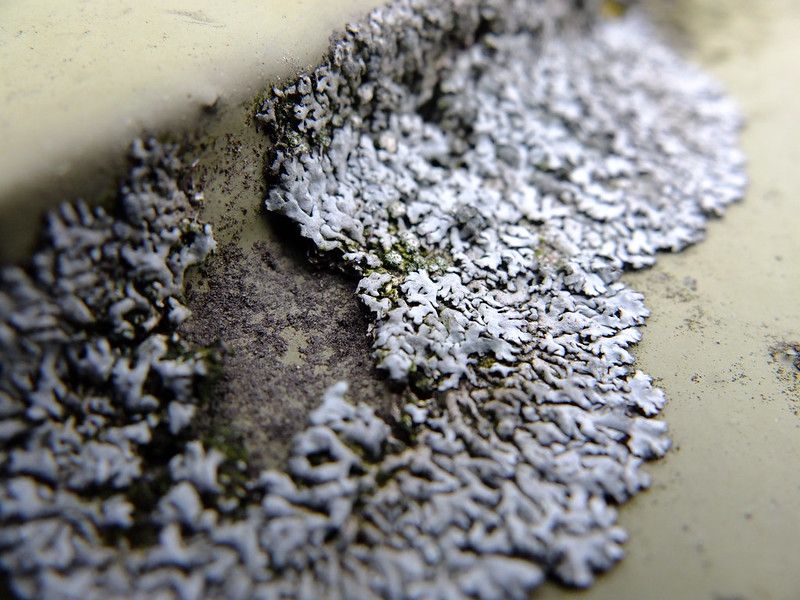How to Prevent Mold in Your DC Home with a Dehumidifier
It’s only takes a glance at water-damaged walls to understand just how destructive airborne water particles can be all on their own.
Whether it’s our bodies struggling against the summer heat or wall cracking and forming mold, humidity must be carefully managed.
Dehumidifiers are a vital tool in the fight against mold growth and water damage.
How do they work, and how can you best use them to prevent mold and water damage? These questions and more are answered below.
How Do Humidifiers Work
Mold requires moisture, a food source, and warmth to grow and spread.
Dehumidifiers are designed to create drier conditions that prevent mold’s growth or further spread. They do so by sucking in air from a fan, which passes over chill coils. This process pulls moisture from the air and stores excess moisture in the dehumidifier’s reserve tank.
Water evaporates much more quickly with a dehumidifier, leaving mold without a crucial food source.
What are Healthy in-Home Humidity Levels?

If you want to prevent mold’s growth, a good rule of thumb is never let your moisture levels go above 60 percent.
Keep humidity between 40 and 55 percent for a healthy and cozy home. Note that the lower the humidity, the longer your dehumidifier needs to run.
Can I Use a Dehumidifier to Clean Mold?
No. Dehumidifiers work best as a preventative measure.
Dehumidifiers can’t remove any existing mold growth. If mold already exists, the best a dehumidifier can do is prevent further growth and spread.
If you discover any mold in your DC home, call a professional remediator (If the mold is less than 10 square feet, you can DIY remediation with detergent or mold removal spray).
How to Maintain Your Humidifier to Prevent Mold Growth

It may sound ironic, but once your dehumidifier is up and running, the machine itself runs a risk of getting mold. Since it collects moisture and stores it in a damp, warm place, you’ll need to empty the water frequently to avoid growth.
How often will you have to empty it?
Depending on your climate and how long you run your dehumidifier, you should empty the reserve somewhere between twice daily and once every few days (Your dehumidifier instructions should detail this). If you’re worried you’ll forget, opt for a dehumidifier with a hose attachment.
Signs of a Too-Humid Home
If you lack a device that senses humidity, there are a number of ways to establish whether it’s getting out of control.
Such signs include:
- Condensation forming on your window’s exterior side
- Excessive mildew in bathroom, peeling and cracking and blistering paint
- A musty smell not unlike rotten vegetables
- Excessive allergy symptoms
- Crumbling stucco
- Warped wood floors and furniture
- A yellow or rust-like stain on walls and ceilings
Tips for Keeping Moisture Down
Dehumidifiers perform their function extremely well, but need a good amount of time—and therefore electricity—to do their thing. It’s in your best interest to keep moisture levels down even while running your dehumidifier.
Try these tips to help lower your electricity bills:
- Fix any leaking pipes in the bathroom
- Keep windows and doors shut and sealed
- Install an extractor fan in your bathroom (and kitchen)
- Make sure your drier properly vents to the outside
- Cover basement vents, and
- Caulk and seal all pipe openings, even if they exit underground
- Fix any leaking roof tiles in the attic
Prevent Mold by Controlling Humidity
At the end of the day, mold prevention is mostly moisture management. If you’re looking to prevent mold from appearing in your DC home, there’s no better method.
Why MoldGone
At MoldGone, we offer FREE mold inspection. Our mold removal and mold remediation services are available at reasonable prices.
Call us today at 240-970-6533 or Click here to schedule your appointment.


Recent Comments